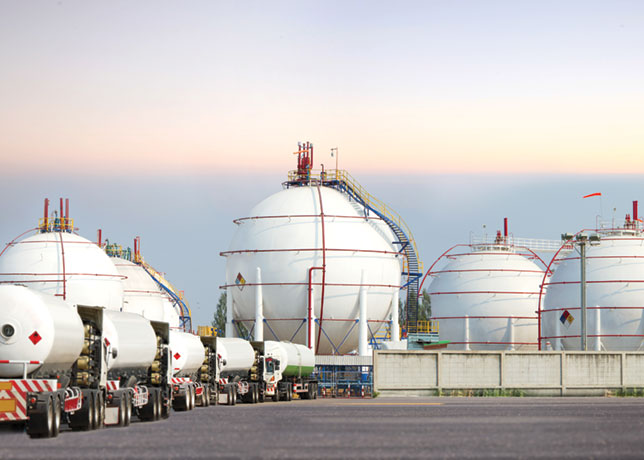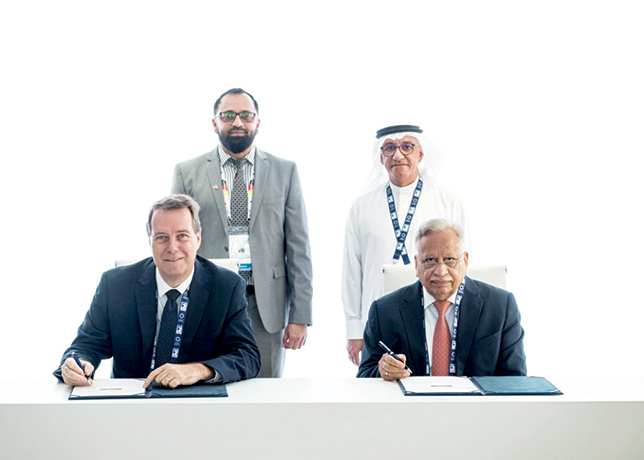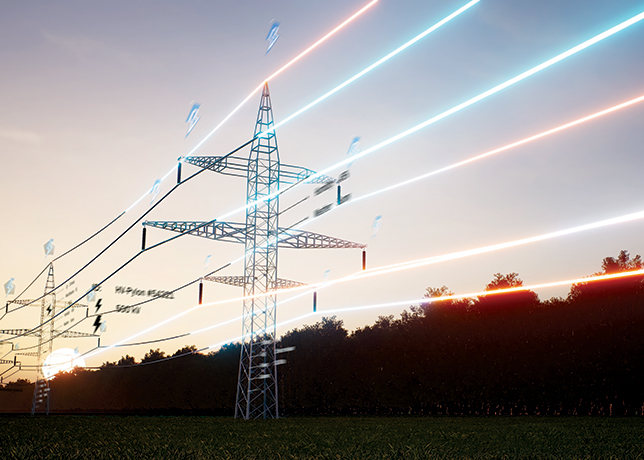
 LPG is quickly being adopted in Africa for residential use
LPG is quickly being adopted in Africa for residential use
With more than 900 million Africans using biomass fuel and kerosene for cooking, liquefied petroleum gas (LPG) has emerged as a highly attractive and viable clean cooking solution.
The fuel is both easy to store and transport, as well as able to meet Africa’s clean cooking needs reliably and to scale.
Several governments in East Africa are adopting policy measures aimed at scaling the use of LPG and increasing its accessibility and affordability.
In Kenya, the government is implementing reforms to eliminate taxes on locally manufactured cylinders and LPG products, as well as expand pipe infrastructure for the delivery of cooking gas to households.
Last December, Tanzanian LPG distributor Taifa Gas launched the construction of a $130-million, 30,000-metric-tonne LPG storage facility at the Dongo Kundu Special Economic Zone in Mombasa.
Tanzania has also emerged as a regional leader in LPG distribution, owing to its strategic location on the Indian Ocean and flagship Kigamboni LPG Terminal, which imports LPG from the Middle East and delivers it by truck to the wider region.
Meanwhile, Taifa Gas – in partnership with Zambia’s Delta Marimba – is constructing a $100-million LPG facility in northern Zambia to generate clean cooking gas and supply 100 MW to Zambia’s grids.
Similarly, Uganda’s Ministry of Energy and Mineral Development announced plans to start domestic production of LPG by 2025, and is currently developing an LPG facility in Buliisa District that will process associated gas from upcoming oil production.
Currently under development, Uganda’s Tilenga and Kingfisher oil fields are expected to produce 80 metric tonnes and 20 metric tonnes of LPG, respectively, while the country only consumes around 20 metric tonnes annually.
As a result, Uganda is targeting LPG exports to the East African region.
Last January, Uganda issued a five-year license to China National Offshore Oil Corporation (operator of the Kingfisher field) to construct an LPG facility near the Lake Albert Development.
With more developments underway, including the launch of construction of LPG storage facilities in Kigali, the region is increasing its LPG expansion plans.











































































